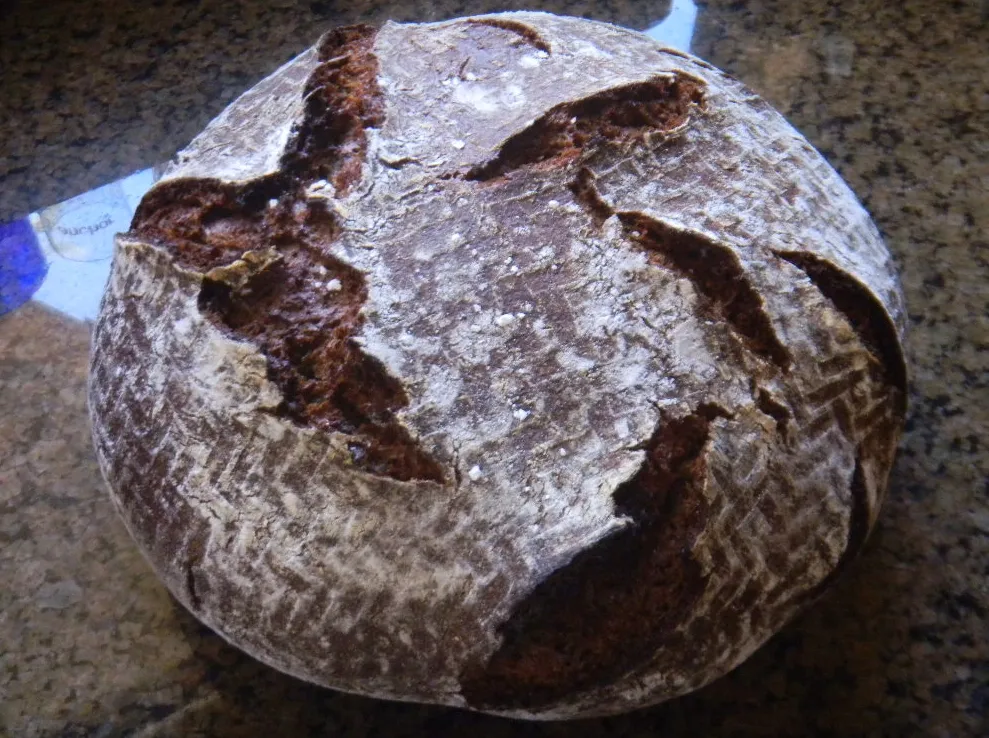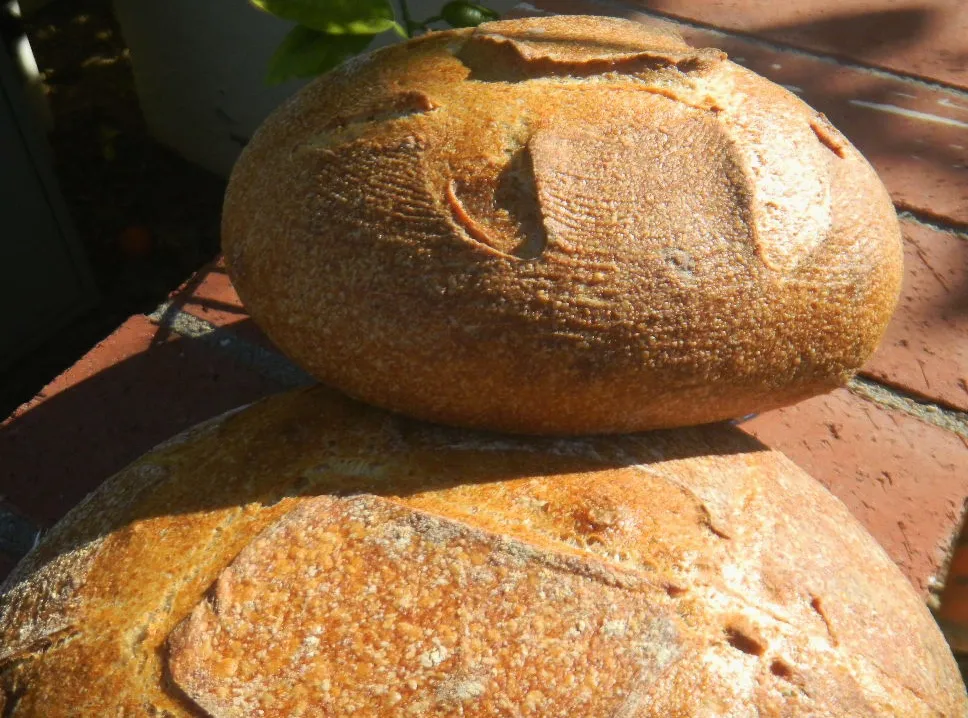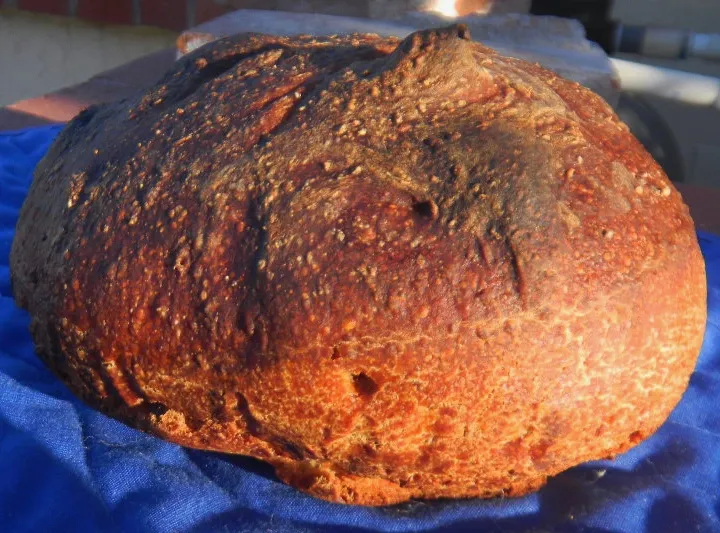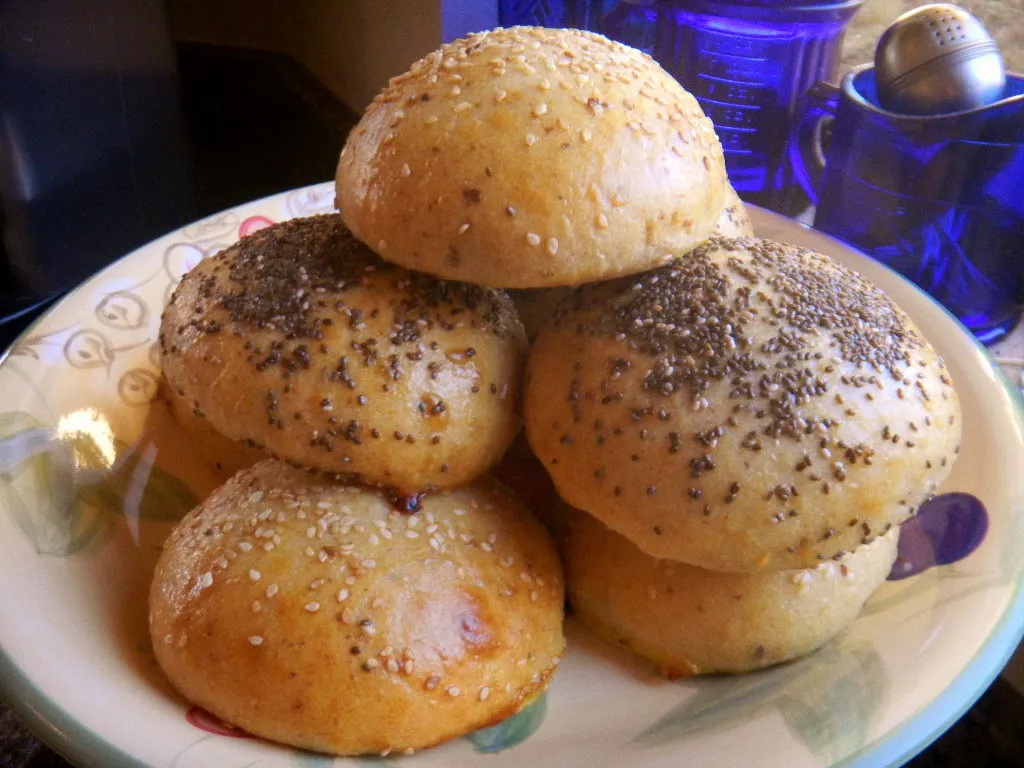Lucy’s Take on Adri’s Westphalian Rye

When ever Lucy sees a great bake by another Fresh Lofian that has some rye in it, she immediately thinks about now she would DaPumperize it. This is no pumpernickel but she still put her tiny thinking cap on and tried to think of ways to improve the sour, up the whole grain rye and get the crust and crumb a little darker than adri's version
The little bit dark was the theme of Adri’s post here








